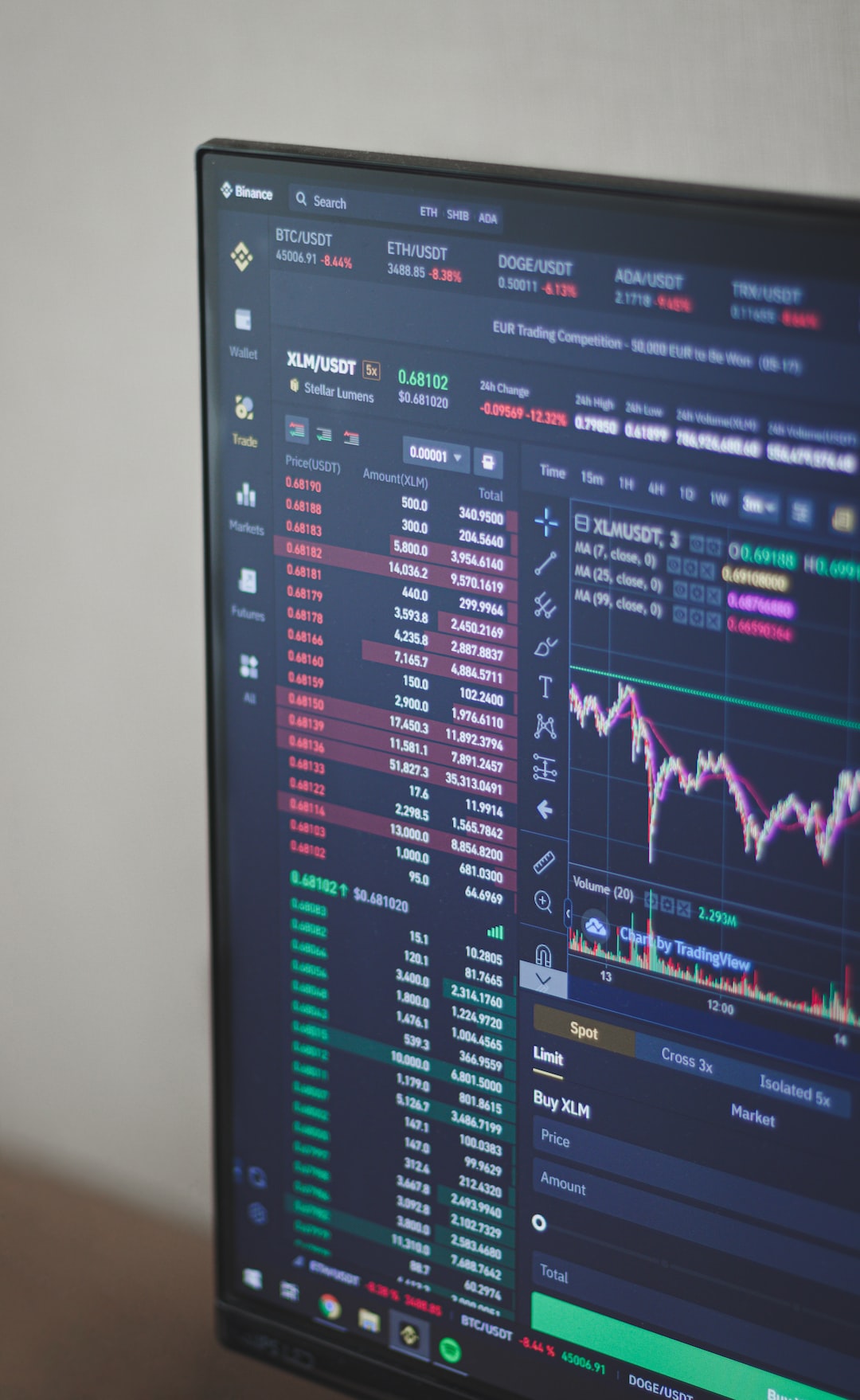Margin is a term that is commonly used in the world of forex trading. It refers to the amount of money that a trader needs to keep in their account in order to open a position. In essence, margin is the collateral that a trader puts up in order to borrow money from their broker. This borrowed money is then used to trade currencies in the forex market.
The concept of margin is important in forex trading because it allows traders to control larger positions with a smaller amount of capital. For example, if a trader wants to buy $100,000 worth of a currency pair, they may only need to put up $1,000 of their own money as margin. This means that the trader is leveraging their position by a factor of 100:1, as they are effectively borrowing the other $99,000 from their broker.
Margin levels are typically expressed as a percentage. For example, if a broker requires a trader to maintain a margin level of 1%, this means that the trader must keep at least 1% of the value of their open positions in their account as margin. If the value of their positions falls below this level, they may receive a margin call from their broker, requiring them to deposit more funds into their account or close out some of their positions.
It is important for traders to understand the concept of margin and how it is calculated, as it can have a significant impact on their trading activity. By using margin, traders can amplify their potential profits, but they also increase their potential losses. This is because any losses that a trader incurs are also multiplied by the leverage factor.
For example, if a trader is using 100:1 leverage and they lose 1% of their position, this equates to a loss of 100% of their initial margin. This means that if they had put up $1,000 as margin, they would have lost their entire investment. As such, it is important for traders to use margin carefully, and to always have a solid risk management strategy in place.
There are several different types of margin that traders should be aware of, including initial margin, maintenance margin, and variation margin. Initial margin is the amount of money that a trader needs to deposit in order to open a position. Maintenance margin is the minimum amount of margin that a trader needs to maintain in their account in order to keep their positions open.
Variation margin is the amount of money that a trader may need to deposit or withdraw from their account in order to account for changes in the value of their positions. This can occur on a daily basis as the value of the underlying currencies fluctuates.
In order to calculate margin requirements, brokers typically use a formula that takes into account the underlying currency pair, the size of the position, and the leverage being used. This formula may vary depending on the broker and the regulatory requirements in their jurisdiction.
In conclusion, margin is a key concept in forex trading that allows traders to control larger positions with a smaller amount of capital. However, it is important for traders to use margin carefully and to always have a solid risk management strategy in place. By understanding the concept of margin and how it is calculated, traders can make more informed decisions about their trading activity and minimize the risk of significant losses.






